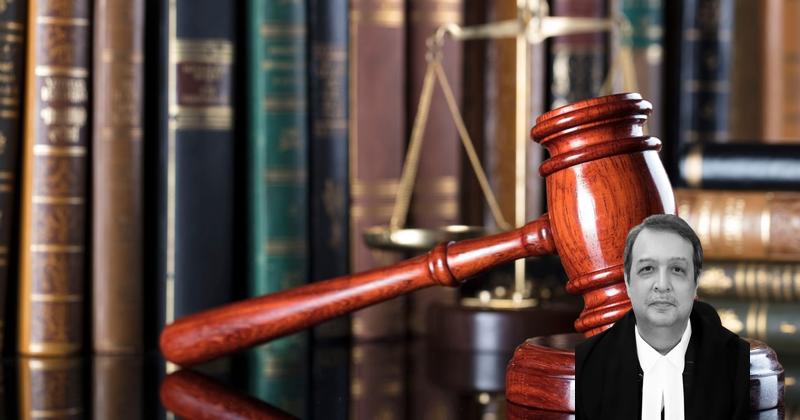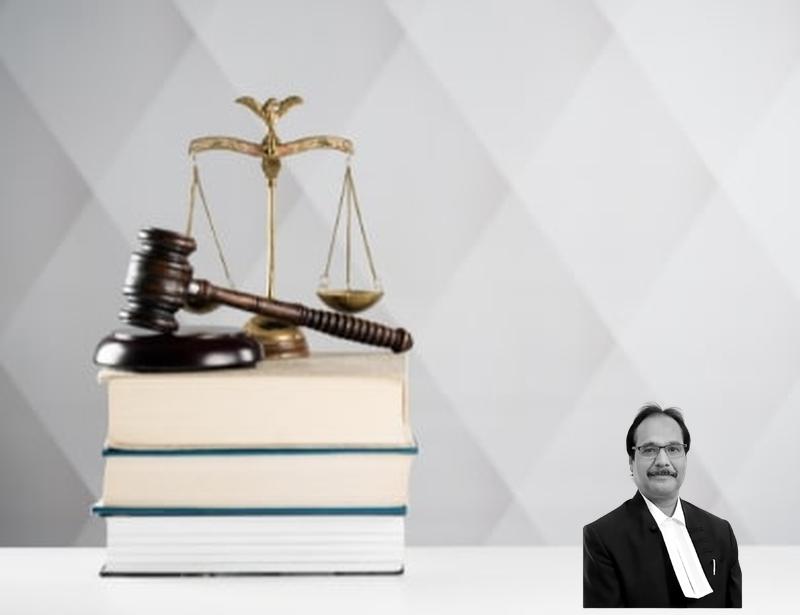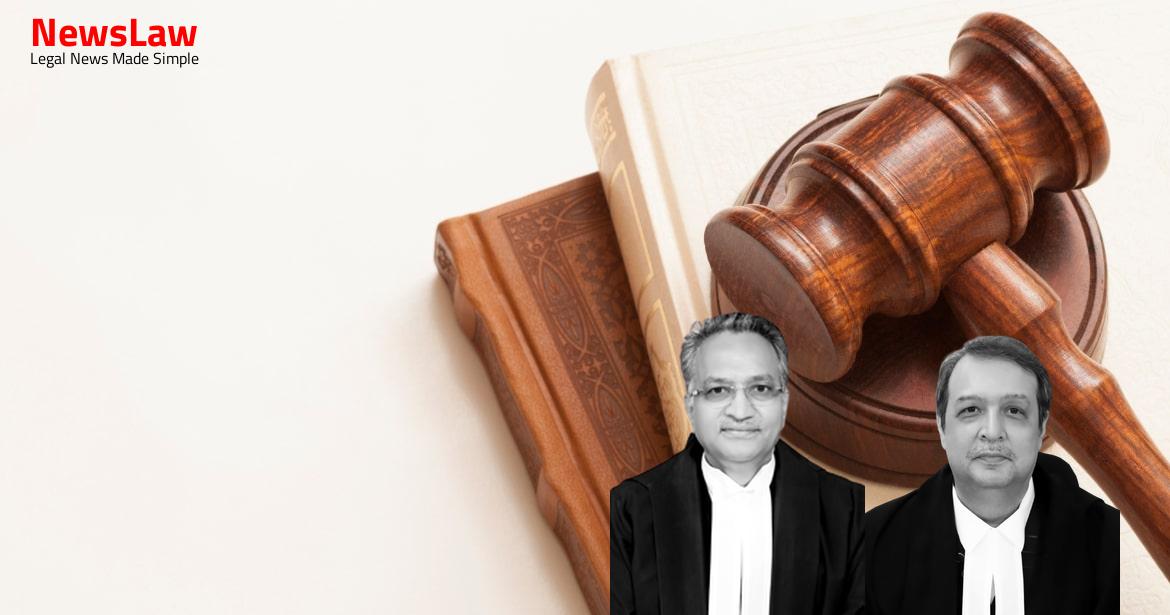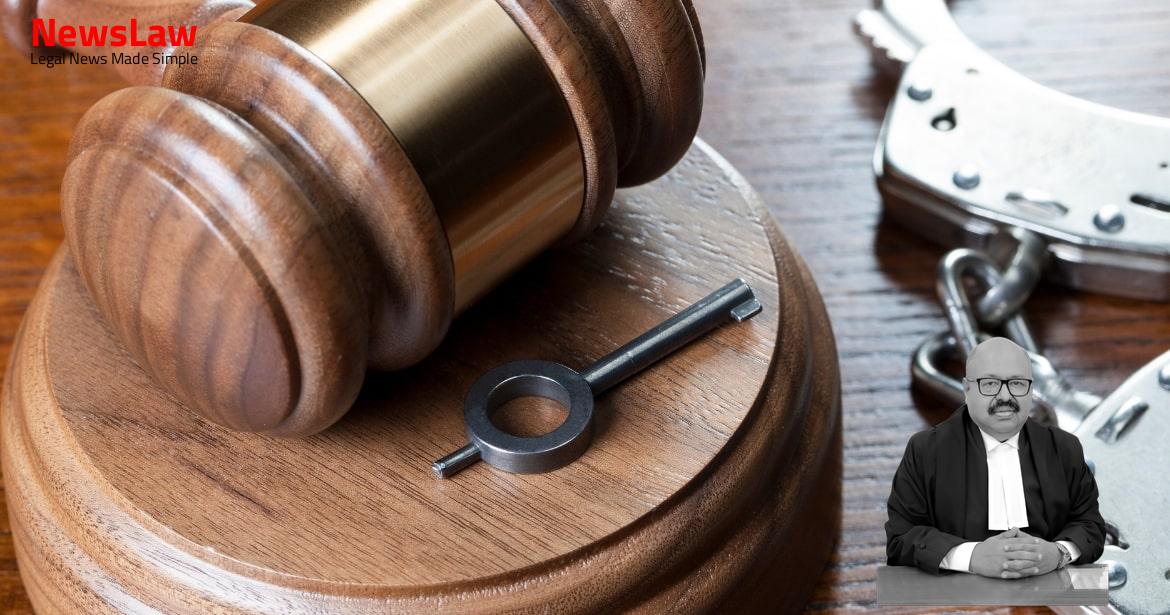His first wife bore him four children, complainant Tapinder Singh, deceased Ravinder Singh, and two daughters, both of whom are married. Ravinder Singh had beaten Manjit Kaur during this incident, whereafter Manjit Kaur had allegedly threatened Ravinder Singh that he would not survive. The Mahant also informed Tapinder Singh that Ravinder Singh 4 and Manjit Kaur were arguing with each other and, while leaving, had mentioned that they were going to the house of one Surjit Singh, resident of village Kotha Guru, in their car.
The report of 5 the Forensic Science Laboratory further stated that, of the two cartridges found in the car, one had been shot from the right barrel of the 12 bore double barrel licenced gun, while the other had been shot from the left barrel of the same weapon. 9
Also Read: https://newslaw.in/supreme-court/supreme-court-upholds-justice-in-double-murder-case/
At the conclusion of the trial, relying on the last seen theory, the chain of circumstantial evidence being complete, and the extra-judicial confession made by the accused – appellants herein that they had killed deceased Ravinder Singh before PW-2 – Mal Singh, the Ex-Sarpanch of village Maluka, the Trial Court, vide judgment and order dated 10 July 2001, convicted the two accused – appellants herein, under Section 302 read with Section 34 of the IPC and sentenced them to undergo life imprisonment with a fine of Rs.
The law with regard to conviction in the case of circumstantial evidence is very well crystalised in the case of Sharad Birdhichand Sarda v. 1047] “Certainly, it is a primary principle that the accused must be and not merely may be guilty before a court can convict and the mental distance between ‘may be’ and ‘must be’ is long and divides vague conjectures from sure conclusions.”
These five golden principles, if we may say so, constitute the panchsheel of the proof of a case based on circumstantial evidence.” It can thus be seen that this Court has held that the circumstances from which the conclusion of guilt is to be drawn should be fully established. It has been held that the circumstances should be of a conclusive nature and tendency and they should exclude every possible hypothesis except the one 9 sought to be proved, and that there must be a chain of evidence so complete so as not to leave any reasonable ground for the conclusion consistent with the innocence of the accused and must show that in all human probability the act must have been done by the accused.
Mal Singh (PW-2), ex-Sarpanch of village Maluka has stated that on 4 September 1998, appellants Manjit Kaur and Pritinder Singh @ Lovely had come to him in his village. In his evidence, PW- 2 has clearly admitted that though he had a telephone in his house which was in a working condition, he neither informed the family members of the deceased nor the police about the said extra-judicial confession. State of Punjab [1995 Supp (4) SCC 259 : 1996 SCC (Cri) 59]
Also Read: https://newslaw.in/supreme-court/conviction-upheld-for-offence-under-section-342-of-ipc/
this Court stated the principle that: (SCC p. [(1997)
8 SCC 158 : 1997 SCC (Cri) 1249] the Court held that: (SCC p. The value of the evidence as to confession, like any other evidence, depends upon the veracity of the witness to whom it has been made.” The Court further expressed the view that: (SCC p.
It is, however, trite that for the said purpose the court has to satisfy itself in regard to: ( i ) voluntariness of the confession; ( ii ) truthfulness of the confession; ( iii ) corroboration.
State of Rajasthan [(2010) 10 SCC 604 : (2011) 1 SCC (Cri) 79] held that: (SCC p. State [(2006) 1 SCC 714 : (2006) 1 SCC (Cri) 470] (SCC paras 40 14 and 41), Shiva Karam Payaswami Tewari v. Dealing with the situation of retraction from the extra-judicial confession made by an accused, the Court in Rameshbhai Chandubhai Rathod v.
[(2011) 11 SCC 754 : (2011) 3 SCC (Cri) 620] (SCC pp. State of Haryana [(2011) 10
Also Read: https://newslaw.in/supreme-court/judgment-altered-offence-under-section-304-part-i-to-304-part-ii/
SCC 165 : (2012) 1 SCC (Cri) 223].]” 13. In this respect, the prosecution relies on the evidence of Tapinder Singh (PW-3) and Jagtar Singh (PW-9). He has further stated in his evidence that Manjit Kaur had told his brother that, “he has not done good thing to her and that he will not survive any longer.” In the background of this version, his statement that on 3 September 1998, when he was present in his house, appellant Pritinder Singh came in a car and took his brother Ravinder Singh along with Manjit Kaur on the pretext of going to Bhagta to purchase shoes appears to be improbable.
Case Title: PRITINDER SINGH @ LOVELY Vs. THE STATE OF PUNJAB (2023 INSC 614)
Case Number: Crl.A. No.-001635-001635 / 2010



